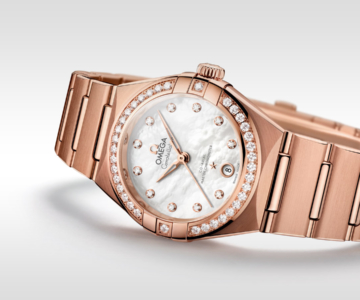In jewellery making, stone setting is a technique where stones or diamonds are mounted on a piece of jewellery. This task is performed by a gem setter. The mounting of a piece of jewellery holds the stone in place. The specific tool used by the setter to set stones is called an onglette graver.
The main types of stone settings
Claw setting
You have probably already heard about the claw setting, also known as the prong setting. Indeed, it is the most widely used technique, particularly for solitaire rings, as it accentuates the beauty of the stone. This type of setting consists of mounting a stone between several claws or prongs. The prongs hold the stone and are then folded down slightly over the top of the stone to hold it in place. The prongs are subsequently smoothed and shaped using a file. Stones are usually set in four prongs; however, there can be anywhere from two to eight prongs.
Invisible setting
This type of setting is most often used on rings with calibrated stones. In an invisible setting, the stones are set so that there is no visible metal holding them in place.
Channel setting
In a channel setting, the stones are set on a track between two parallel metal strips. Gemstones used in this type of setting must be resistant, which means that they are often square, round, oval or baguette shaped. Diamond wedding rings frequently feature this type of setting.
Bezel setting
In a bezel setting, the stone is surrounded by a strip of metal. The setter wraps the metal around the stone using a hammer and punch, leaving a small border rising above the stone known as an edge. Sometimes the metal does not wrap entirely around the stone, in which case it is known as a half-bezel or semi-bezel setting.
Grain or pavé setting
In a grain or pavé setting, a large number of small stones are mounted very close together using tiny prongs, resulting in a «paved» effect. The tiny prongs used in this setting are known as beads.
Flush setting
Also known as gypsy setting, this setting technique is good for rounded surfaces. The stones are set into a hole into the metal and the metal is then hammered down to the secure the gemstone. As its name suggests, stones in this type of setting sit flush with the metal.
Bar setting
In a bar setting, the stones are set next to each other between two metal bars. However, this can be a problem if you want to reduce the size of the stone, as this will loosen the bars and the stone will fall out.
Tension setting
In a tension setting, the pressure of the metal band holds the stone in place. This setting makes it appear as if the stone is floating between the two pieces of metal.
If you love learning about different setting techniques, come to the shop and discuss them further with us.




